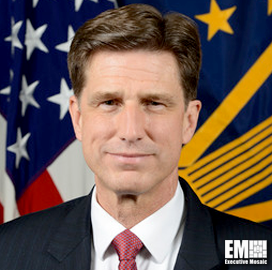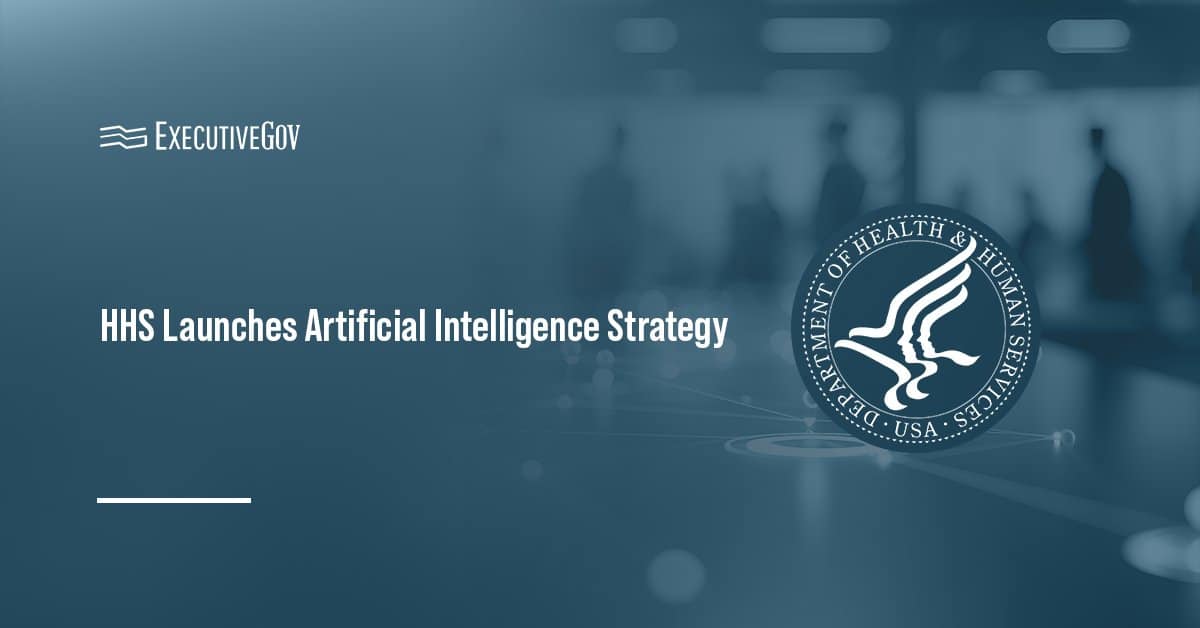
The Department of Defense’s Joint Artificial Intelligence Center plans to incorporate algorithmic processing to combat operations as part of its Joint Warfighting initiative slated to begin next year, C4ISRnet reported Wednesday.
Dana Deasy, the DoD chief information officer and 2020 Wash100 Award winner, told the publication that the effort will serve as JAIC’s “first lethality project” in the joint warfighting domain.
Arlo Abrahamson, a spokesperson for JAIC, said the project may involve areas such as targeting capabilities, operations center workflows, command-and-control, sensor technology and autonomous platforms for ground surveillance and reconnaissance.
He added that JAIC is coordinating with “a variety of commercial tech firms” for the initiative and that the center is yet to release information on contracting activities.





